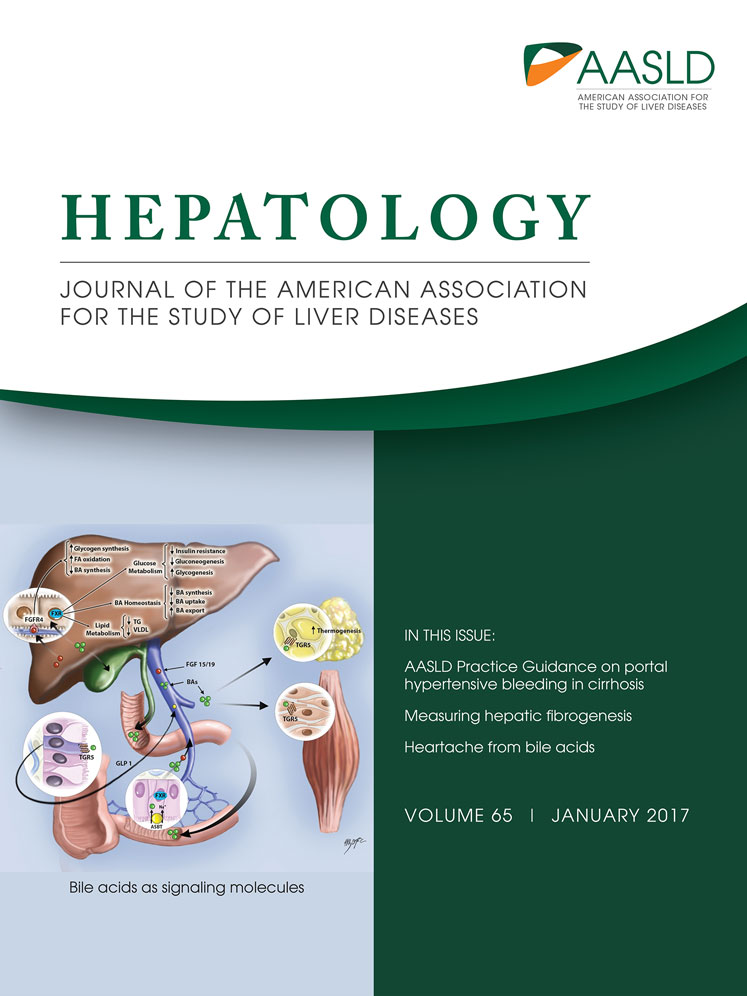Reply
Potential conflict of interest: Nothing to report.
We thank Dr. Medina-Caliz and colleagues for their interest in our article.1 We agree with the authors' observations that concomitant skin and liver injury needs better characterization and needs to be pursued with greater vigor across all drug-induced liver injury DILI consortia.
The skin and the liver are the two largest organs in the body and are commonly involved in adverse drug reactions (ADRs). However, DILI associated with concurrent skin injury has not been adequately studied. Cutaneous reactions are common and easily recognized; the implicated drug is stopped before concurrent asymptomatic liver involvement may progress to clinically significant injury. Indeed, mild-to-moderate liver injury may go unrecognized if liver biochemical tests are not carried. At other times, clinically significant hepatitis may overshadow cutaneous reactions, thereby influencing outcome. Therefore a close collaboration between dermatologists and hepatologists is required in order to decipher the full extent and patterns of concurrent liver and skin injury and its outcome. Hepatologists and dermatologists view ADRs differently; they attend different conferences and write to different journals and rarely do the twain meet. In one review, liver injury was the commonest extracutaneous organ involved in up to 94% of patients in DRESS (drug-reaction with eosinophilia and systemic symptoms) and was closely linked to mortality with 8 of the 9 deaths attributed to hepatitis.2 The characteristics of liver injury were not mentioned.
Another striking feature of concurrent skin and liver injury is the rather narrow list of drugs and cross-reactive medications that can produce disease.1-3 In one review, only 44 drugs were implicated as causative agents in DRESS, but only a handful of them (four to five in number) constituted a majority of cases.2 Aromatic antiepileptic drugs, sulphonamides, allopurinol, and nevirapine were commonly implicated; the same group of drugs that were responsible in our series of DILI and Stevens-Johnson syndrome/toxic epidermal necrolysis (SJS/TEN).1 Why the skin and liver and are involved concurrently is unknown. Drugs such as sulphonamide or dapsone can undergo bioactivation in keratinocyte to form drug-protein adducts and elicit an immune response4; a process similar to that occurs in the liver. Human leukocyte antigen (HLA) association with ADR is another factor. HLA-B*1502 is common in Asians and is specific for carbamazepine-induced SJS/TEN, but not other reactions, whereas HLA-DRB1*0101 is implicated only in nevirapine-induced skin and liver injury when CD4 counts are ≥25%.5 To better delineate the role and extent of injury from drug, genetic, and environmental factors, close collaboration between drug-induced liver and skin injury experts are needed.
-
Harshad Devarbhavi, M.D.1
-
Sujata Raj, M.D.2
-
1Department of Gastroenterology
-
2Department of Dermatology
-
St. John's Medical College Hospital
-
Bangalore, India




